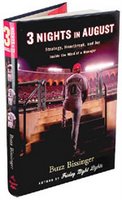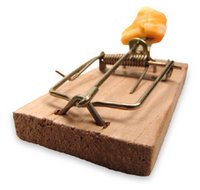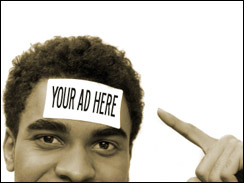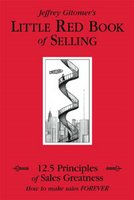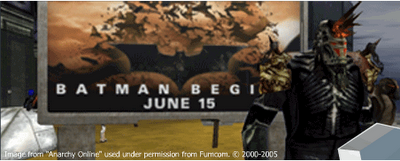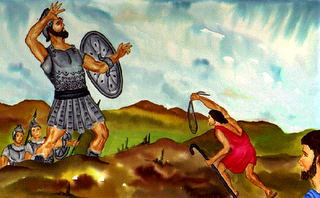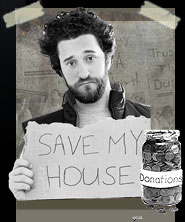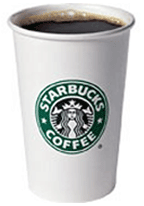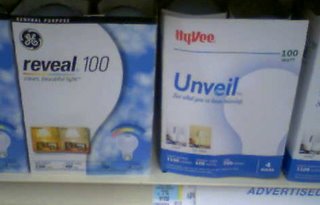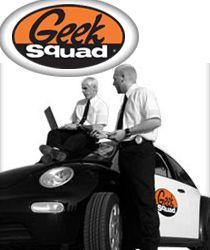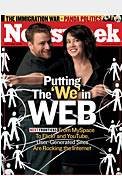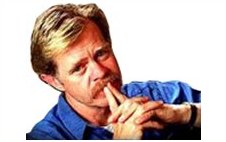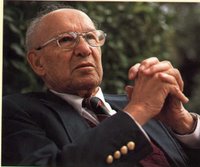 I regard a great ad as the most beautiful thing in the world.
I regard a great ad as the most beautiful thing in the world.- Leo Burnett
I went to the University of Iowa Museum of Art last weekend and saw this statue - Bob's Big Boy. I love it. I love that this is the part of the 'special exhibition' at an art museum that has a Picasso and a Pollock.
Being in the ad businesses I realize that I spend a lot of time looking at and evaluating ads. Then I looked at my walls at home and I realized that I spend even more time than I originally thought. I have an old Westinghouse ad over the stove and a Guinness poster in my office. To me, great advertising is great art. The converse is also true. Think Warhol's soup cans ...
Now let me be clear - I'm not saying that if you make it pretty 'n artistic it'll be good enough. Actually, I agree with another thing that Leo said:
Fun without sell gets nowhere but sell without fun tends to become obnoxious.
The Point? A simple equation for the narrow line(s) between art and science (and soft sell and hard sell) that great advertising must tread. And a couple great quotes from one of the great advertising men of the 20th Century. You can get more Leo quotes here and more info on the man from the company that still bears his name. Incidentally, the Leo Burnett site does a better job of infusing a brand with the soul of its founder than any other site I've seen. From quotes and stories to dynamic timelines and video, you leave with a clear picture of the man and the legacy he's left behind.






